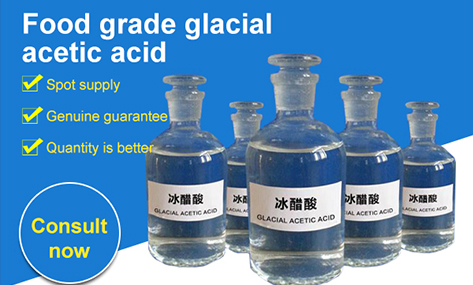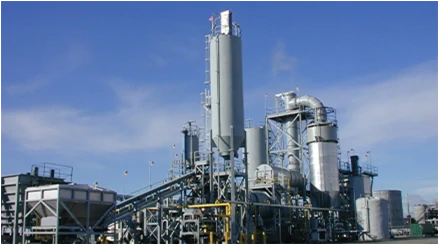
2 月 . 04, 2025 02:29 Back to list
glacial acetic acid safety
Acetic acid, particularly in its concentrated form as glacial acetic acid, is a cornerstone chemical in various industries, known for its versatility and potency. However, with great power comes responsibility, and handling this chemical demands a comprehensive understanding of its properties and the implementation of rigorous safety protocols.
Spill and Exposure Management Despite best efforts, spills or exposure incidents can occur. Immediate response is essential. For minor spills, neutralizing the acid with a suitable agent like sodium bicarbonate and cleaning with appropriate absorbent materials can prevent harm. Major spills necessitate evacuation protocols and the involvement of specialized clean-up teams equipped with the right protective gear. In case of personal exposure, affected areas should be rinsed with copious amounts of water while seeking medical attention promptly. Environment and Ventilation Considerations Ensuring adequate ventilation is a critical component in spaces where glacial acetic acid is stored or used. The installation of proper air exchange systems and fume extractors can significantly reduce the concentration of acid vapors, enhancing overall safety and maintaining air quality. Monitoring devices can be an added layer of safety, providing real-time data on the environmental concentrations of acetic acid vapors to ensure they remain within safe limits. Emergency Preparedness and Training An effective emergency plan, tailored to potential glacial acetic acid incidents, is indispensable. All personnel should be regularly trained not just in handling, but also in emergency response skills like first aid specific to chemical exposures. Conducting frequent drills can fortify their preparedness, ensuring swift and efficient responses to any situation. Communication channels should be well-established to facilitate prompt reporting and management of emergencies. Legal and Regulatory Compliance Compliance with local and international chemical safety regulations cannot be overstated. Businesses must adhere to guidelines set forth by organizations such as OSHA in the U.S. or the European Chemicals Agency. These regulations mandate specific handling, labeling, and transportation requirements, failure to comply with which can lead to severe legal repercussions. In conclusion, the safe handling of glacial acetic acid relies on a robust framework encompassing proper PPE, vigilant storage, informed handling practices, and thorough emergency preparedness. By embedding these safety measures into the daily operational protocol, businesses not only ensure the well-being of their workforce but also uphold their responsibility towards environmental and community safety. Emphasizing these principles builds a culture of safety and responsibility, vital for sustainable operations and compliance in the modern chemical industry.


Spill and Exposure Management Despite best efforts, spills or exposure incidents can occur. Immediate response is essential. For minor spills, neutralizing the acid with a suitable agent like sodium bicarbonate and cleaning with appropriate absorbent materials can prevent harm. Major spills necessitate evacuation protocols and the involvement of specialized clean-up teams equipped with the right protective gear. In case of personal exposure, affected areas should be rinsed with copious amounts of water while seeking medical attention promptly. Environment and Ventilation Considerations Ensuring adequate ventilation is a critical component in spaces where glacial acetic acid is stored or used. The installation of proper air exchange systems and fume extractors can significantly reduce the concentration of acid vapors, enhancing overall safety and maintaining air quality. Monitoring devices can be an added layer of safety, providing real-time data on the environmental concentrations of acetic acid vapors to ensure they remain within safe limits. Emergency Preparedness and Training An effective emergency plan, tailored to potential glacial acetic acid incidents, is indispensable. All personnel should be regularly trained not just in handling, but also in emergency response skills like first aid specific to chemical exposures. Conducting frequent drills can fortify their preparedness, ensuring swift and efficient responses to any situation. Communication channels should be well-established to facilitate prompt reporting and management of emergencies. Legal and Regulatory Compliance Compliance with local and international chemical safety regulations cannot be overstated. Businesses must adhere to guidelines set forth by organizations such as OSHA in the U.S. or the European Chemicals Agency. These regulations mandate specific handling, labeling, and transportation requirements, failure to comply with which can lead to severe legal repercussions. In conclusion, the safe handling of glacial acetic acid relies on a robust framework encompassing proper PPE, vigilant storage, informed handling practices, and thorough emergency preparedness. By embedding these safety measures into the daily operational protocol, businesses not only ensure the well-being of their workforce but also uphold their responsibility towards environmental and community safety. Emphasizing these principles builds a culture of safety and responsibility, vital for sustainable operations and compliance in the modern chemical industry.
